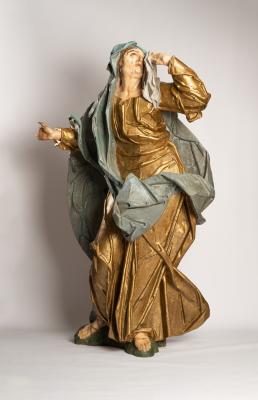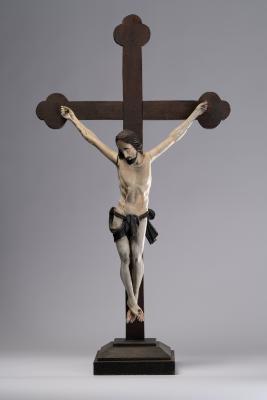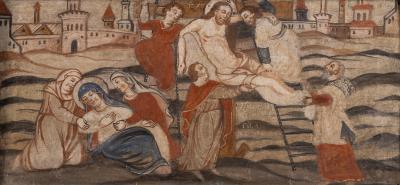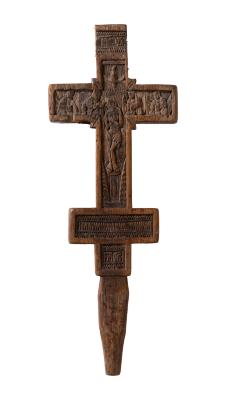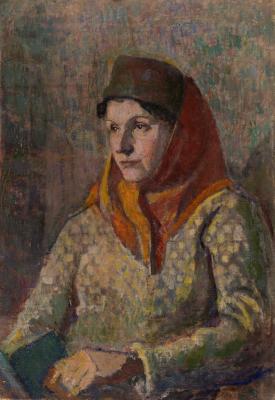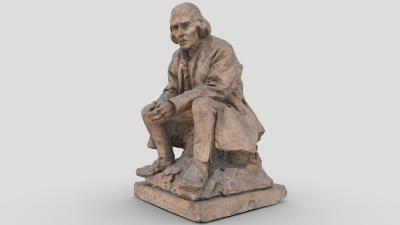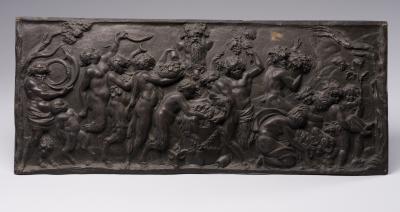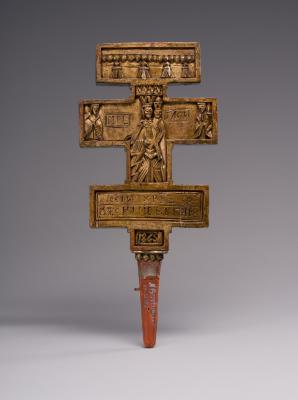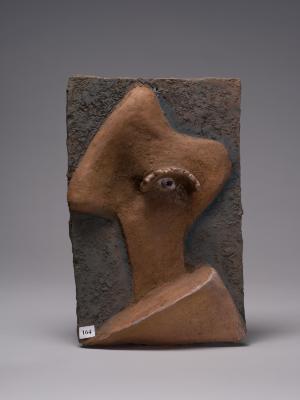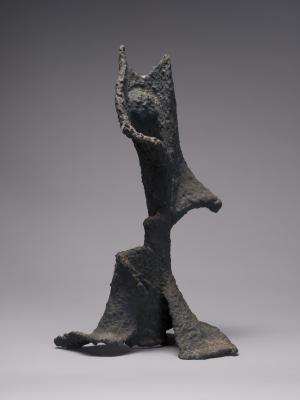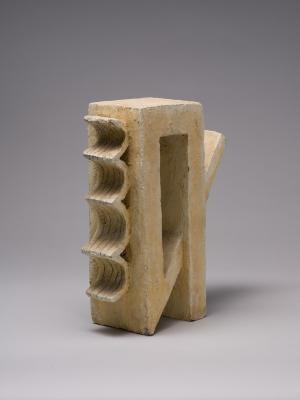Man and Woman from the Village of Сhieuti Albanesi in the Province of Lucera di Puglia (Apulia)
Bartolomeo Pinelli
- ID
- Г-IV-1762
- Author
- Bartolomeo Pinelli
- Name
- Man and Woman from the Village of Сhieuti Albanesi in the Province of Lucera di Puglia (Apulia)
- Date of creation
- 1816
- Technique
- etching watercolour
- Material
- paper
- Dimensions (height x width, cm)
- 10 x 16
- Type
- graphic art
- Genre
- genre art
- Provenance
- Collection of Faina Tarashchanska (Lviv), 1966
Сhieuti Albanesi is one of two villages on the Apennine Peninsula; it was founded by Albanians who escaped Turkish persecution in the 15th century. It is located on the border of two regions, Apulia and Molise.







